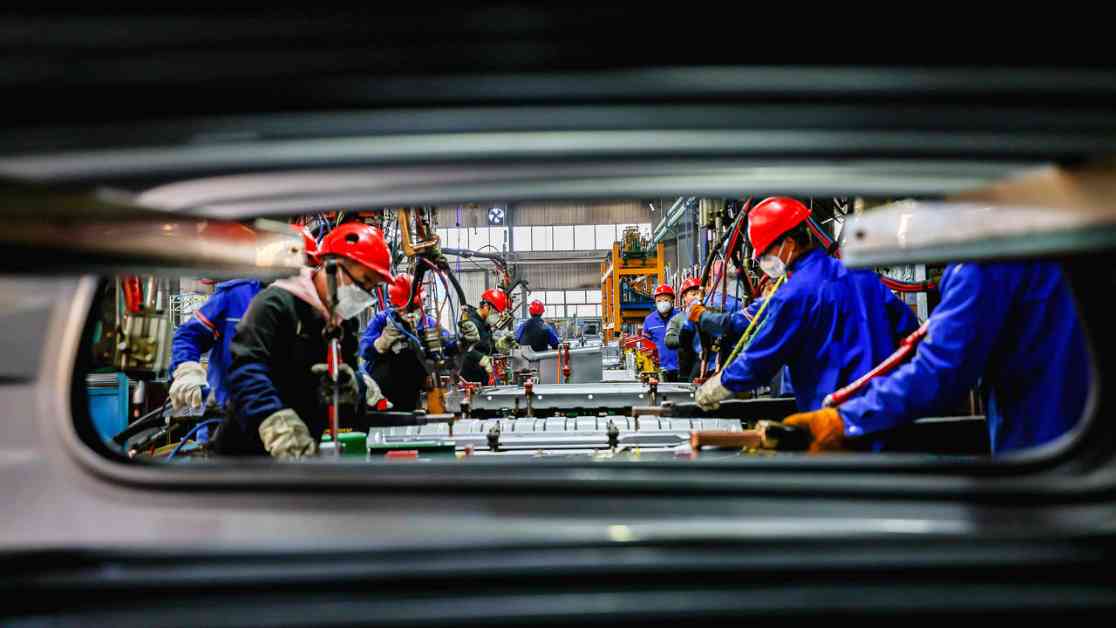In the fast-paced world of global markets, Chinese cars are making a significant impact, challenging traditional players and reshaping the automotive landscape. While electric vehicles have been dominating headlines in recent years, it is petrol engines that are fueling the growth of Chinese automakers on the international stage.
A decade ago, the renowned motoring publication Car and Driver delivered a less-than-stellar review of a BYD vehicle showcased at the Detroit Motor Show. Describing the styling, build quality, and overall polish as “frankly lackluster,” the magazine cast doubts on the Chinese manufacturer’s ambitions to export cars to America.
Chinese Cars Revolutionizing the Global South
Despite initial setbacks and skepticism, Chinese automakers have steadily gained traction in global markets, particularly in the southern regions. With a focus on affordability, innovation, and adaptability to local preferences, Chinese cars are appealing to consumers in developing countries who seek reliable transportation at competitive prices.
Experts in the automotive industry attribute the success of Chinese cars in the global south to their flexibility in meeting diverse market demands. By offering a wide range of models, from compact city cars to rugged SUVs, Chinese automakers have effectively catered to the needs of a broad customer base. Additionally, strategic partnerships with local distributors and dealerships have facilitated the distribution and accessibility of these vehicles in emerging markets.
Furthermore, the emphasis on petrol engines over electric alternatives has enabled Chinese car manufacturers to address concerns about charging infrastructure, battery costs, and range anxiety. By focusing on traditional combustion engines, these companies have positioned themselves as viable options for consumers who prioritize convenience and affordability in their vehicle choices.
Challenges and Opportunities for Global Automakers
As Chinese cars continue to gain momentum in the global automotive market, established players from traditional automotive powerhouses like Germany are facing challenges. High production costs, stringent regulations, and bureaucratic red tape have hindered the competitiveness of German car manufacturers, leading to a decline in market share and profitability.
In response to the rise of Chinese cars and the shifting dynamics of the automotive industry, industry leaders are exploring new strategies to remain relevant and competitive. From exploring potential disruptions in the arms industry to navigating complex mergers and acquisitions, global automakers are adapting to a rapidly evolving landscape.
The influx of Chinese cars in global markets serves as a reminder of the dynamic nature of the automotive industry and the need for continuous innovation and adaptation. As consumers worldwide embrace a diverse range of vehicle options, from electric SUVs to compact sedans, the competition among automakers intensifies, driving progress and transformation across the sector.
The rise of Chinese cars in global markets represents a significant shift in the automotive landscape, challenging established norms and reshaping consumer preferences. By prioritizing affordability, innovation, and adaptability, Chinese automakers have carved a unique niche in the industry, offering consumers around the world a compelling alternative to traditional vehicles. As the global automotive market continues to evolve, the influence of Chinese cars is set to grow, driving further innovation and competition in the years to come.



















